If you live in Milan, during the last month you may have noticed the new Chiquita adv campaign “Pop by Nature” realized by Romero Britto. After the successful July campaign “It peels so good”, leveraging on the vibrating and authentic nature of the brand, the new campaign keeps celebrating the yet established popularity of bananas in Pop Art. But how did we get here?
In terms of iconography, the representation of this fruit is relatively recent, since it started to appear only after the discovery of America, during the XVI century. After this, it started to be represented in some still-lives, one of the firsts is the painting by Albert Eckhout “Still life of citrus and bananas” (1610).
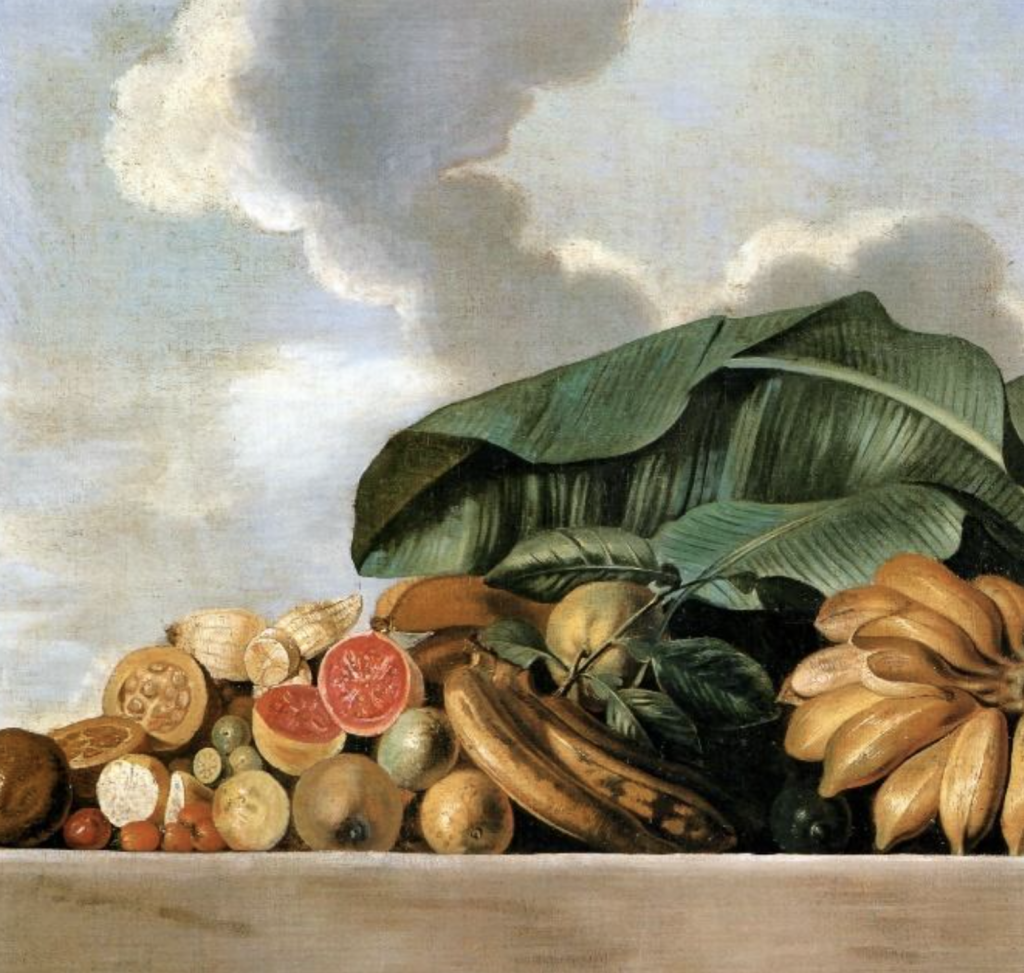
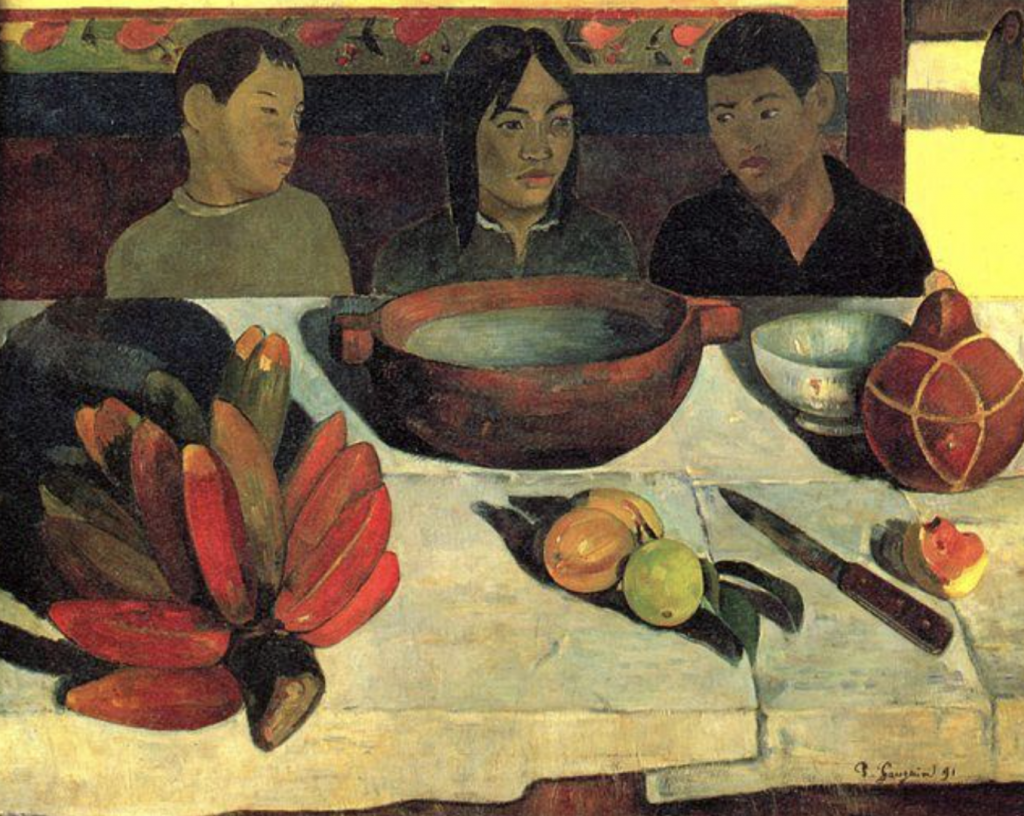
Bananas were also represented by Gauguin as an exotic food popular in Tahiti, considered from him so unusual. The first painting in the history where bananas are the main subject is indeed by Gauguin and is called “The meal (The bananas)” (1891), representing a still-life of bananas adorned by a genre scene: three Tahitian children sitting at the table.
There is still a gap: the pieces of art we have just seen represent this fruit just as a part of a still-life or as an ethnic product, nothing to do with what we would call “Pop”.
At the beginning of the 20th century, the metaphysic artist Giorgio De Chirico used to realize artworks in series, most of them located in the so-called piazze d’Italia (squares of Italy), squares realized in a perfect Reinassance perspective where figures from different historical periods overlap each other. The work “L’incertezza del poeta (The uncertainty of the poet)” (1913) is quite emblematic of this kind of art: on the piazze d’Italia background, De Chirico represents a classic Venus sculpture in combination with a bunch of bananas on the floor. The scene represents the future and the past lying together in a timeless dimension. From a political point of view, in fact, in those years, bananas were becoming a common fruit since Italy was leading some colonial enterprises in Libya. Furthermore, it is worth pointing out the curious juxtaposition of the goddess of love with the fruit of sexuality, was it made on purpose or is it just a coincidence? What’s sure is that from that moment on the use of bananas in art radically changed.
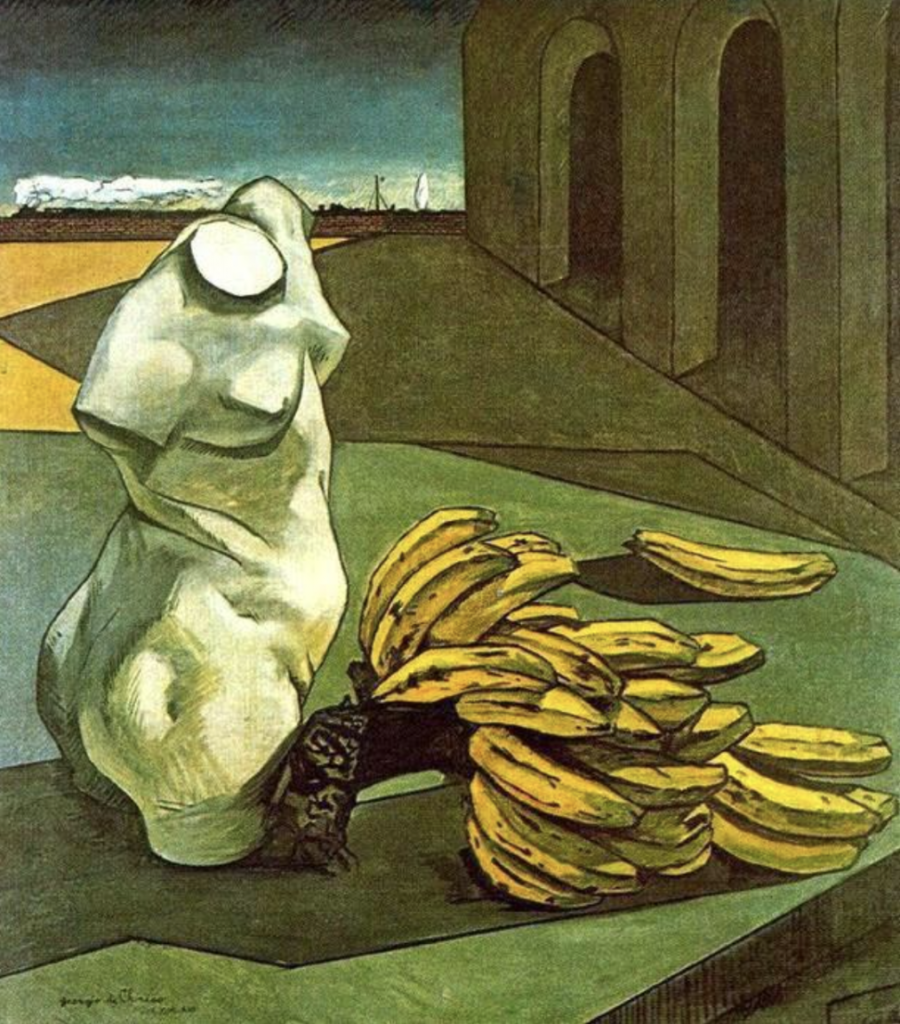
Even if their art may look totally unrelated in terms of style, Andy Warhol can be considered De Chirico’s worthy heir, and it’s from him that he took the main peculiarities of his work, such as the tendency to repeat subjects in series. Nevertheless, Warhol adds a new, evolved perspective, converting consumer goods into sacred and cult objects into common ones. Now the phantom fruit enters into play. Runs the year 1967 when the Velvet Underground & Nico released their debut album having as cover image the screen printing of a banana realized by Andy Warhol. The image was unusual from every point of view; what ever had pushed a band to have a banana as cover of their first album? And why ever an artist would decide to take a silly fruit as a subject of a work of art? Thanks to Warhol, in those years this fruit became the symbol of rebellion and political subversion (we are in the years of communism in Europe). And so, from the transformation of the ordinary into extraordinary, Warhol demonstrates that art can emerge from what is considered banal by many.
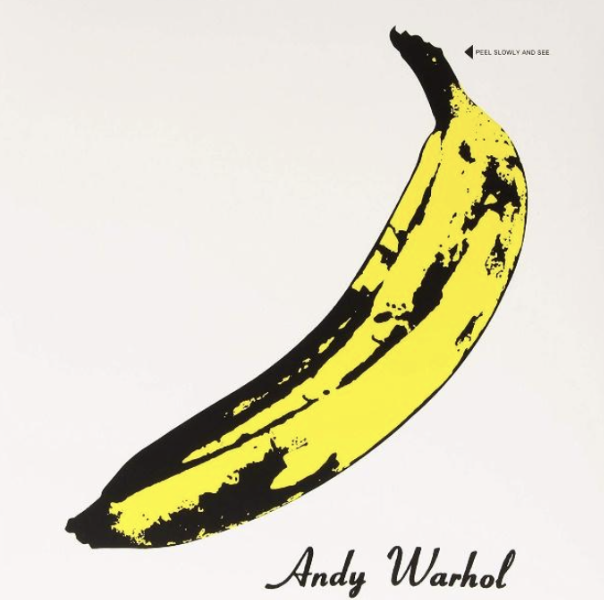
Representations of bananas in the following years exploded, just to mention an example, just five years after the launch of Velvet Underground & Nico, in 1972, the pop artist Roy Lichtenstein realized a stone lithograph called “Bananas and Grapefruit”, an image representing a still-life in perfect Pop style in the iconic yellow color.
Going forward to our years, the fruit has been used also in Banksy’s Street Art, once again as a provocation. The subjects of this work are Vincent and Jules, the two main characters of the cult movie per excellence “Pulp Fiction”, portrayed in one of the most famous frames of cinema, while holding their guns, surprisingly substituted by two bananas. The substitution of the weapons convert the violence of the scene into an ironic and unexpected image, in perfect Banksy style.
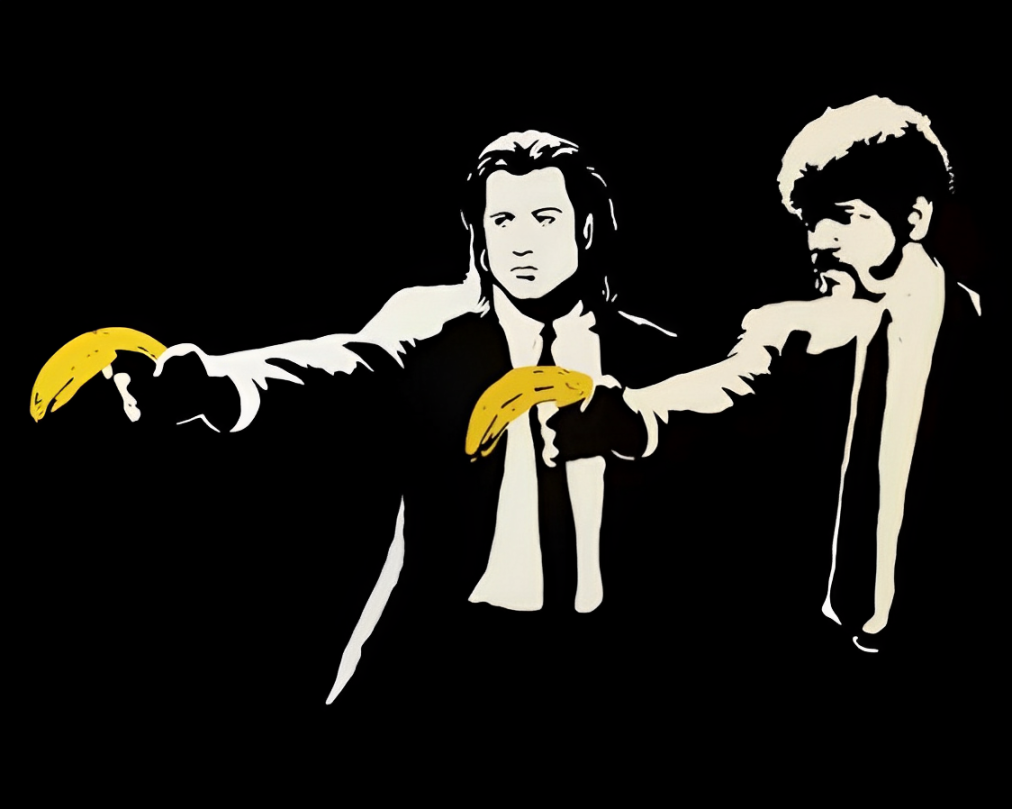
Contemporary art is sometimes incomprehensible to many, so it’s easy to figure out what the reaction was when in 2019 the “Comedian” by Cattelan went on sale for 120,000$. In simple terms, the sculpture consists of an actual banana attached to a wall with a piece of duct tape. Critics is split up for this opera, and the reason lies in the fact that the work didn’t require a fine craftmanship, and people admiring it feel like mocked by the artist. That’s exactly the aim Cattelan wanted to reach: the sculpture is an invite to reflect on the value of pieces of art and the way we attribute value to things. Accompanying the contradictory nature of the work, is the fact that the discussed fruit obviously rots and needs to be substituted frequently.
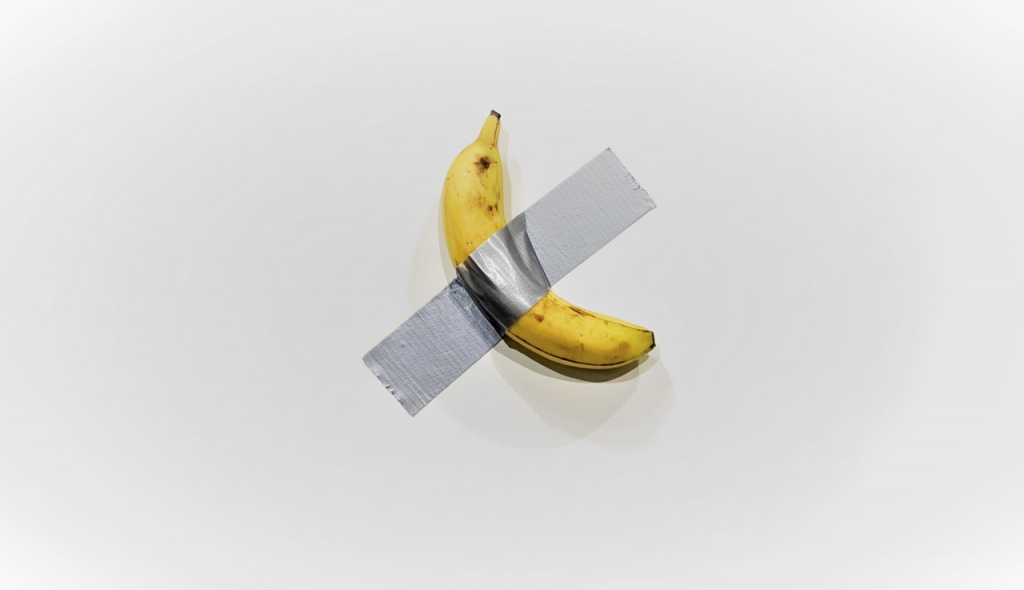
Following this fast recap of the favorite subject of Pop Art, the explanation of the popularity of this fruit can be in part attributed to its shape, so misunderstandable and provocative, then to its unmistakable bright yellow, but above all to the great names that through the years made of it the perfect subject for their artworks. It’s years since Chiquita exploits the iconicity of the fruit through many campaigns and ambassadors, and with this new campaign, they definitely asserted their leading status within Pop Art.
